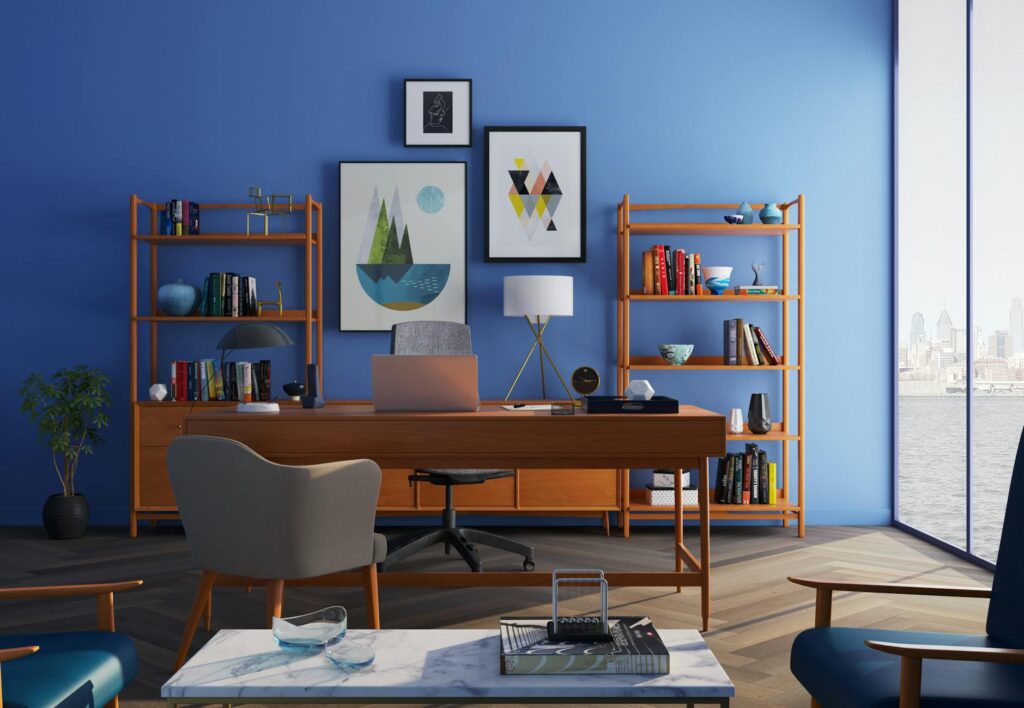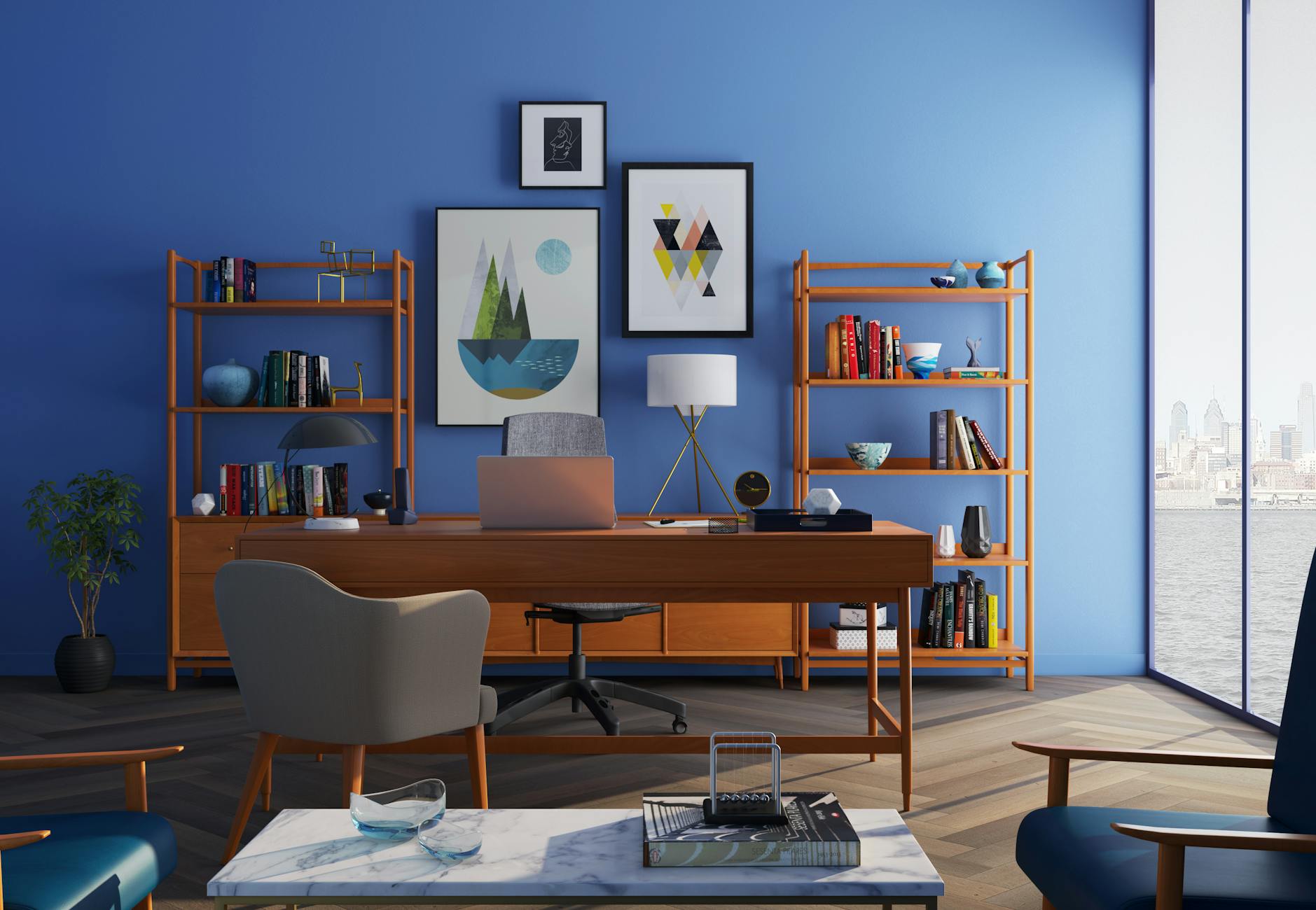What is minimalist workspace?

What is a Minimalist Workspace?
In today’s fast-paced world, where distractions abound and chaos seems to reign, the concept of a minimalist workspace has gained significant traction. But what does it really mean? A minimalist workspace is, at its core, a design approach that emphasizes simplicity, functionality, and a clutter-free environment. By stripping away unnecessary items and distractions, this style fosters productivity and mental clarity.
Adopting a minimalist workspace can have profound benefits for both your work performance and your mental health. Imagine walking into an office that feels serene rather than chaotic—a place where everything serves a purpose and nothing weighs you down. That’s the essence of minimalism in the workspace.
Understanding Minimalism in Workspaces
Minimalism is about more than just physical space; it’s a philosophy that prioritizes quality over quantity. When applied to workspaces, minimalism encourages individuals to evaluate their environment critically.
Core Principles of Minimalism
Minimalism is built on several key principles:
-
Simplicity: The focus is on having only what you truly need. This means eliminating excess items that clutter your physical and mental space.
-
Functionality: Each item in your workspace should serve a purpose. A minimalist workspace prioritizes tools and furniture that facilitate productivity.
-
Intentionality: Every decision about what to keep in your workspace should be intentional, from the type of furniture you choose to the color of your walls.
These principles are not just aesthetic; they actively contribute to a more productive work environment.
Benefits of a Minimalist Workspace
There are numerous advantages to adopting a minimalist workspace:
-
Increased Focus: A clutter-free environment helps reduce distractions, allowing you to concentrate better on your tasks. Research shows that less visual noise leads to improved concentration levels. Check out this article on the mental benefits of minimalism at work.
-
Reduced Stress: An organized workspace promotes a sense of calm. When everything has its place, it’s easier to find what you need, reducing stress and frustration.
-
Enhanced Creativity: Removing clutter can also free up mental space. With fewer distractions, your mind has room to think creatively and solve problems more effectively. For more insights on how a minimalist workspace can improve productivity, refer to this article.
Designing Your Minimalist Workspace
Creating a minimalist workspace isn’t just about decluttering—it’s about thoughtful design and organization.
Decluttering Your Space
Decluttering is the first step toward a minimalist workspace. Here’s how to effectively organize your environment:
-
Assess Your Current Setup: Take a good look at your workspace. Identify items that serve no purpose and consider removing them.
-
Sort Items: Create categories for keeping, donating, or discarding items. Be honest about what you truly need.
-
Limit Personal Items: While personal touches can make your space feel comfortable, too many can create visual clutter. Choose a few meaningful items to keep.
-
Regular Check-Ins: Schedule regular decluttering sessions to maintain your minimalist setup. This practice helps you stay organized over time.
Choosing the Right Furniture
When selecting furniture for a minimalist workspace, focus on functionality and simplicity:
-
Opt for Multi-Functional Pieces: Desks with built-in storage or chairs that offer support without bulk can help maximize your space.
-
Prioritize Clean Lines: Choose furniture with sleek designs and neutral colors to enhance the overall minimalist aesthetic. For ideas on minimalist office design, see this guide.
Creating a Calming Color Palette
Color plays a significant role in how your workspace feels:
-
Choose Soothing Colors: Soft whites, grays, and pastels can create a tranquil atmosphere. These colors reduce stress and enhance focus.
-
Limit Color Variations: Stick to a few key colors for a cohesive look. Too many contrasting colors can create visual noise.

Photo by Huseyn Kamaladdin
Tools and Resources for a Minimalist Workspace
Creating and maintaining a minimalist workspace can be made easier with the right tools and resources.
Digital Tools for Minimizing Clutter
Embrace technology to declutter your digital workspace. Tools like Todoist for task management and Evernote for note-taking help keep your work organized. These apps promote a minimalist approach, allowing you to focus on what truly matters.
Minimalist Workspace Inspiration
Looking for design inspiration? Websites like Balance Through Simplicity and The Minimalists offer valuable insights into creating a minimalist workspace. They showcase real-life examples that can spark your creativity.
Maintaining a Minimalist Workspace
Once you’ve established your minimalist workspace, it’s essential to keep it that way.
Regular Maintenance Routines
To maintain your minimalist workspace, consider incorporating these routines:
-
Weekly Clean-Up: Dedicate a few minutes each week to tidy your desk and remove any unnecessary items.
-
Monthly Review: Once a month, review your workspace and ask yourself if each item still serves a purpose.
Adapting to Change
As your work evolves, so should your workspace. Be flexible and ready to adapt as your needs change. This might mean replacing old furniture or rethinking your organization strategies to suit new projects.
Conclusion
A minimalist workspace can transform your work life, helping you to focus, reduce stress, and boost creativity. By embracing simplicity and functionality, you create an environment that fosters productivity and mental clarity.
Now, it’s your turn! Consider taking the first steps toward creating your own minimalist workspace. Start small—perhaps by decluttering your desk or rethinking your color palette. Every little change can make a difference in how you feel and work. Embrace the journey toward minimalism and enjoy the benefits it brings to your life!